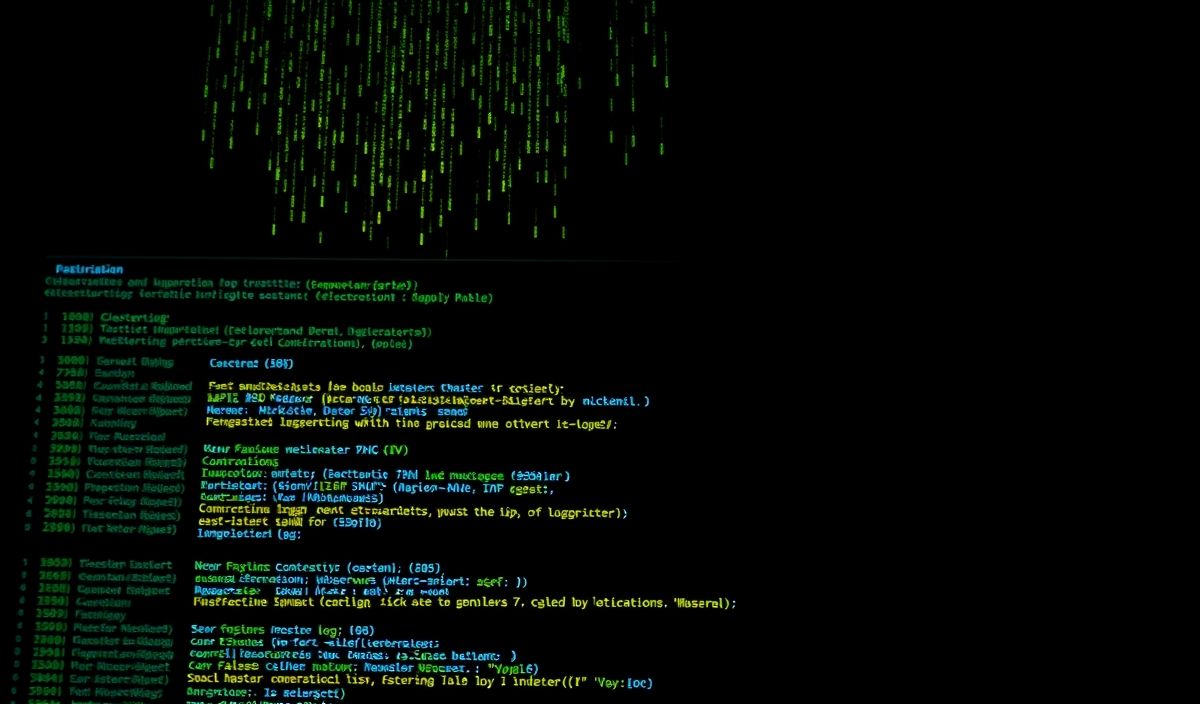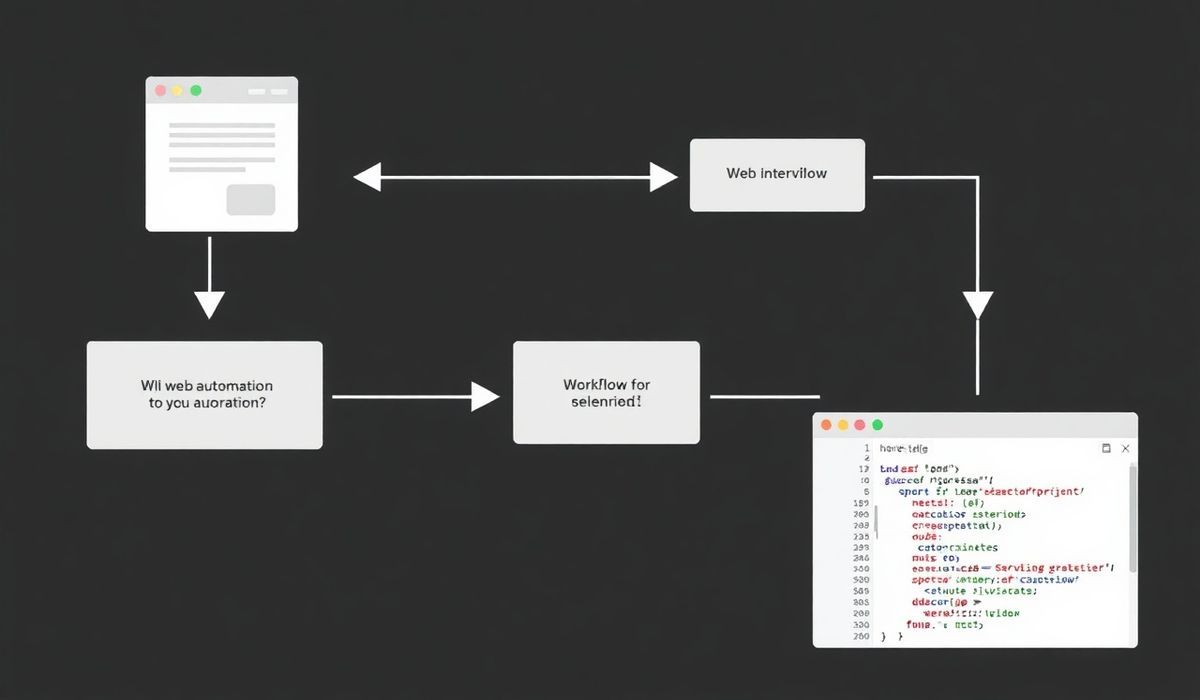Introduction to Pydantic
Pydantic is a Python library that provides data validation, data parsing, and settings management using Python type annotations. It is widely used by developers for its ease of use, reliability, and speed when it comes to enforcing data integrity in Python projects.
This guide aims to introduce you to Pydantic and walk you through dozens of its useful APIs, complete with practical code samples and a small application example to tie it all together.
Overview of Pydantic Features
- Data validation with Python type hints
- Automatic data parsing
- Rich error handling and reporting
- Environment variable parsing and settings management
- Ease of integration with popular frameworks
Getting Started with Pydantic
Install Pydantic using pip:
pip install pydantic
Basic Data Validation
You can define Pydantic models for validating and parsing data:
from pydantic import BaseModel
class User(BaseModel):
id: int
name: str
email: str
is_active: bool
# Example usage
user_data = {"id": 1, "name": "John Doe", "email": "john@example.com", "is_active": True}
user = User(**user_data)
print(user)
Nested Models
from pydantic import BaseModel
class Address(BaseModel):
city: str
state: str
class User(BaseModel):
id: int
name: str
address: Address
user_data = {
"id": 1,
"name": "Jane Doe",
"address": {"city": "New York", "state": "NY"}
}
user = User(**user_data)
print(user)
Data Validation with Custom Logic
from pydantic import BaseModel, validator
class User(BaseModel):
id: int
name: str
email: str
@validator("email")
def validate_email(cls, value):
if "@" not in value:
raise ValueError("Invalid email format")
return value
user_data = {"id": 2, "name": "Alice", "email": "alice@example.com"}
user = User(**user_data)
print(user)
Optional Fields and Default Values
from pydantic import BaseModel
from typing import Optional
class Product(BaseModel):
id: int
name: str
description: Optional[str] = None
price: float = 9.99
product_data = {"id": 101, "name": "Sample Product"}
product = Product(**product_data)
print(product)
Environment Variable Parsing with Pydantic Settings
Pydantic simplifies the management of app configurations and environment variables:
from pydantic import BaseSettings
class AppSettings(BaseSettings):
app_name: str
debug: bool = False
version: str = "1.0.0"
class Config:
env_file = ".env"
settings = AppSettings()
print(settings)
Custom Error Messages
from pydantic import BaseModel, Field
class User(BaseModel):
id: int = Field(..., title="ID", description="The user's ID")
name: str = Field(..., min_length=2, max_length=50)
user_data = {"id": 1, "name": "A"}
try:
user = User(**user_data)
except Exception as e:
print(e)
A Practical Application Example
Below is a basic Flask API implementation using Pydantic for data validation:
from flask import Flask, request, jsonify
from pydantic import BaseModel
app = Flask(__name__)
class User(BaseModel):
id: int
name: str
email: str
@app.route("/create_user", methods=["POST"])
def create_user():
try:
user = User(**request.json)
# Save user to the database (placeholder logic)
return jsonify({"message": "User created", "user": user.dict()})
except Exception as e:
return jsonify({"error": str(e)}), 400
if __name__ == "__main__":
app.run(debug=True)
Conclusion
Pydantic is a versatile and powerful tool for Python developers, especially when working with data validation and settings. Its use of Python type annotations makes it seamless and Pythonic while providing robust features for managing your application’s data workflows.




